12 Foods to Absolutely Avoid if You Suspect Gluten Sensitivity or Celiac Disease
In recent years, the gluten-free movement has taken the world by storm. What began as a necessity for those with celiac disease has blossomed into a widespread lifestyle choice embraced by millions. The reasons are varied: some seek relief from gastrointestinal discomfort, others aim to reduce inflammation, and a growing number are simply curious about the potential health benefits of eliminating gluten. However, as the gluten-free trend gains momentum, so too does the complexity of navigating this dietary landscape. Many foods that appear gluten-free may, in fact, harbor hidden sources of gluten, posing a threat to those committed to a gluten-free lifestyle. This article aims to uncover these deceptive foods, offering guidance and insights for those looking to truly embrace a gluten-free future.
1. The Hidden Gluten in Sauces and Condiments
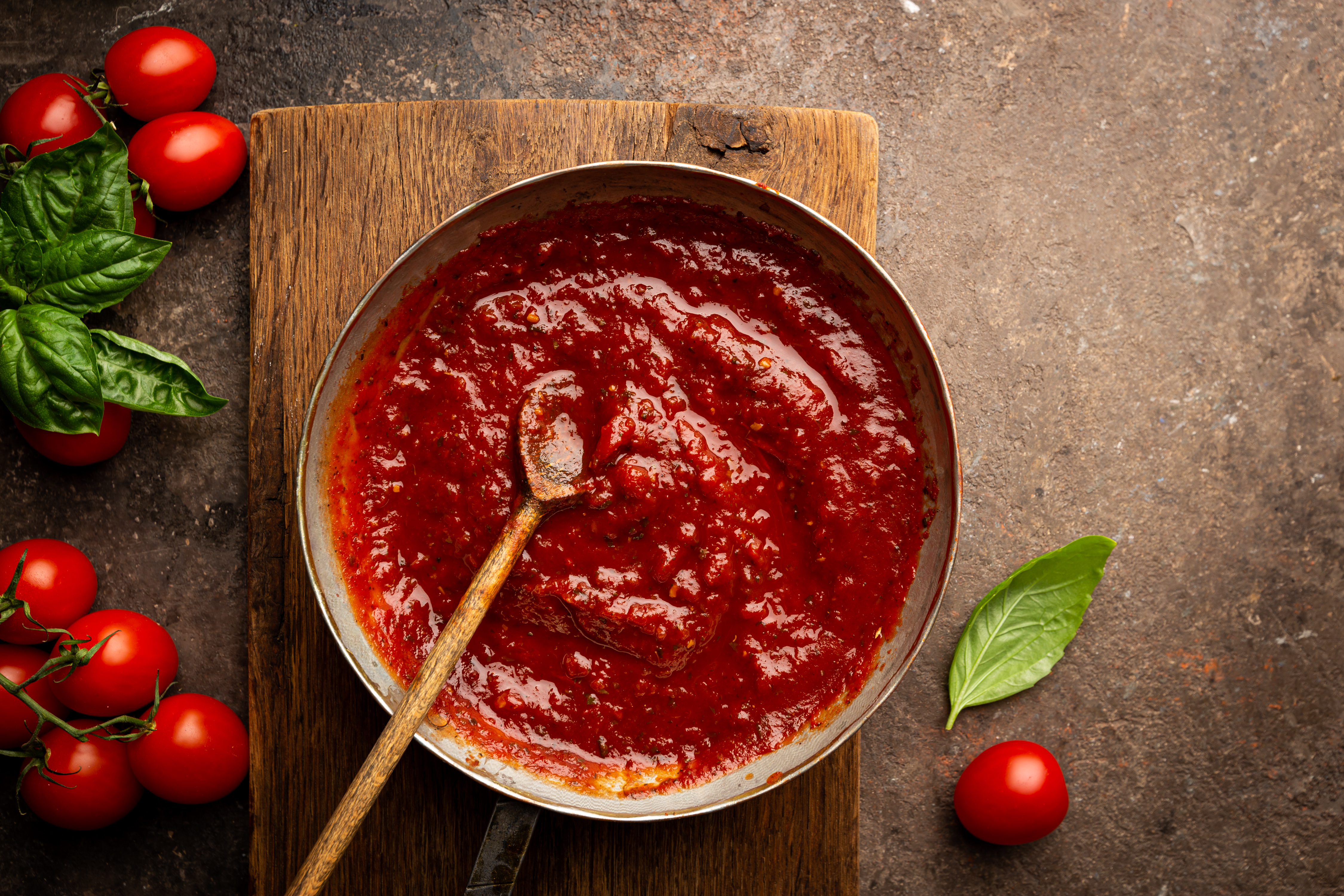
Sauces and condiments are often overlooked in the quest for a gluten-free diet. Yet, they can be a major source of hidden gluten. Many sauces use wheat flour as a thickening agent or contain soy sauce, which is traditionally made with wheat. Salad dressings, marinades, and gravies are common culprits. For those seeking to avoid gluten, it's essential to read labels meticulously or opt for brands that specifically label their products as gluten-free. Making homemade versions can also be a safe and satisfying alternative, allowing control over every ingredient.
2. The Deceptive Allure of Processed Meats
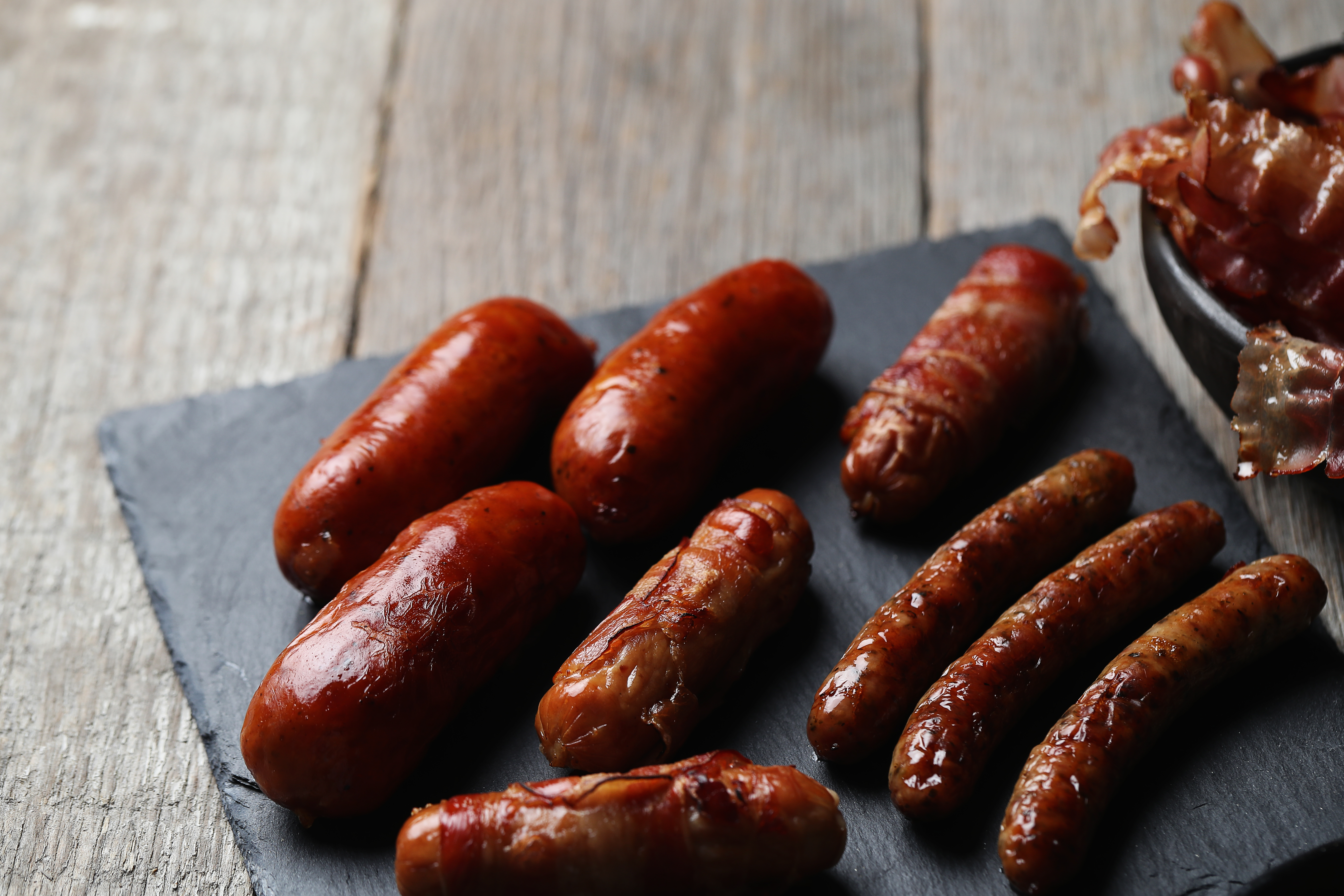
Processed meats, such as sausages, hot dogs, and deli meats, may seem like safe gluten-free options. However, many of these products contain fillers, binders, and flavorings that include gluten. Even meats labeled as "natural" or "organic" are not immune to this issue. Cross-contamination during processing is another risk, as shared equipment can introduce gluten into otherwise gluten-free products. To avoid these hidden pitfalls, it's crucial to choose meats labeled as gluten-free or to purchase fresh, unprocessed cuts and season them at home.
3. The Breaded and Battered Dilemma
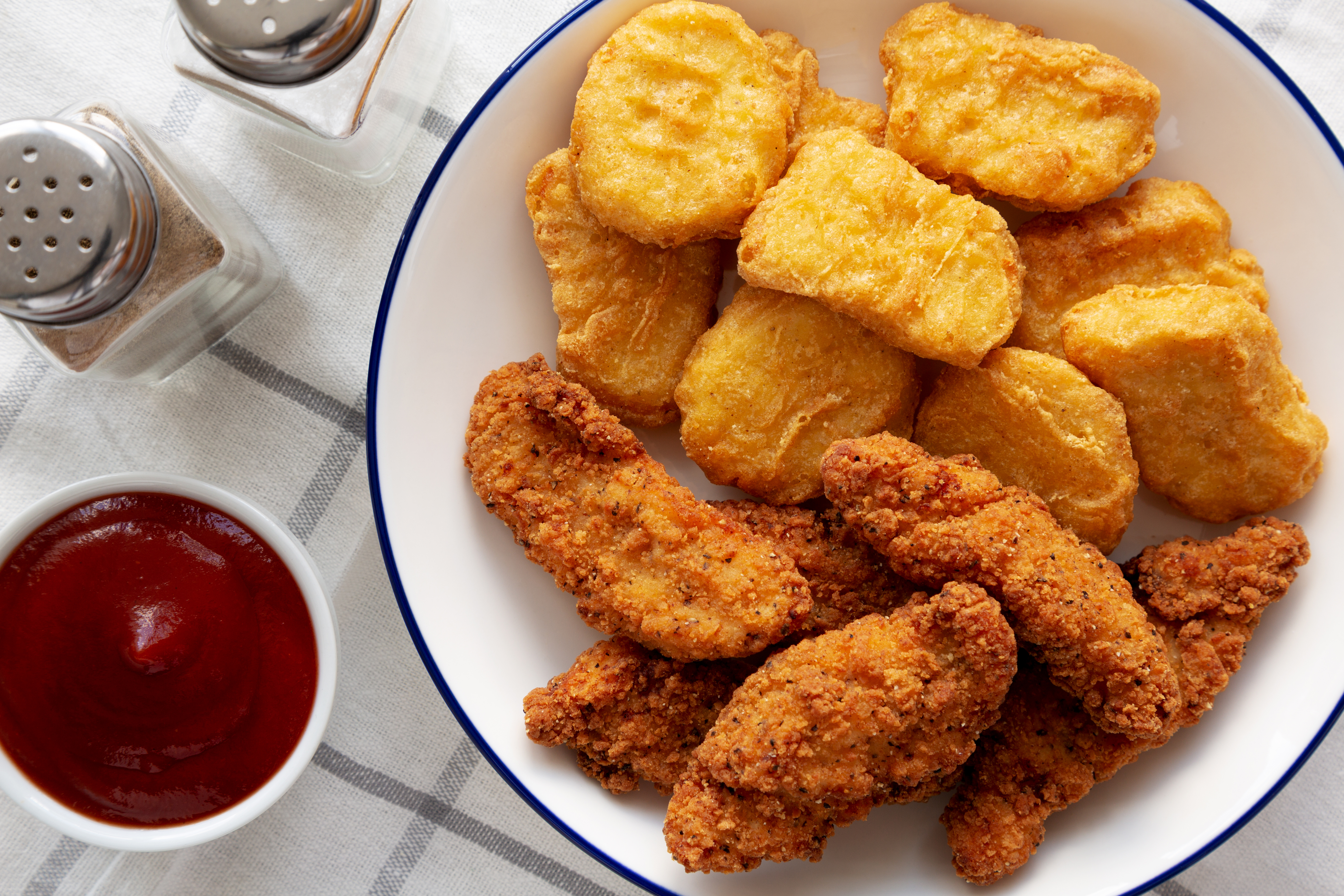
Breaded and battered foods are obvious sources of gluten, but their prevalence in everyday meals can be surprising. From chicken nuggets to fish sticks, these items are often coated in wheat flour-based mixtures. Even when dining out, gluten-free menu items can be contaminated if prepared in the same oil or on the same surfaces as gluten-containing foods. For those committed to a gluten-free lifestyle, seeking out restaurants with dedicated gluten-free kitchens or preparing similar dishes at home with gluten-free alternatives is advisable.
4. Surprising Gluten in Soups and Broths
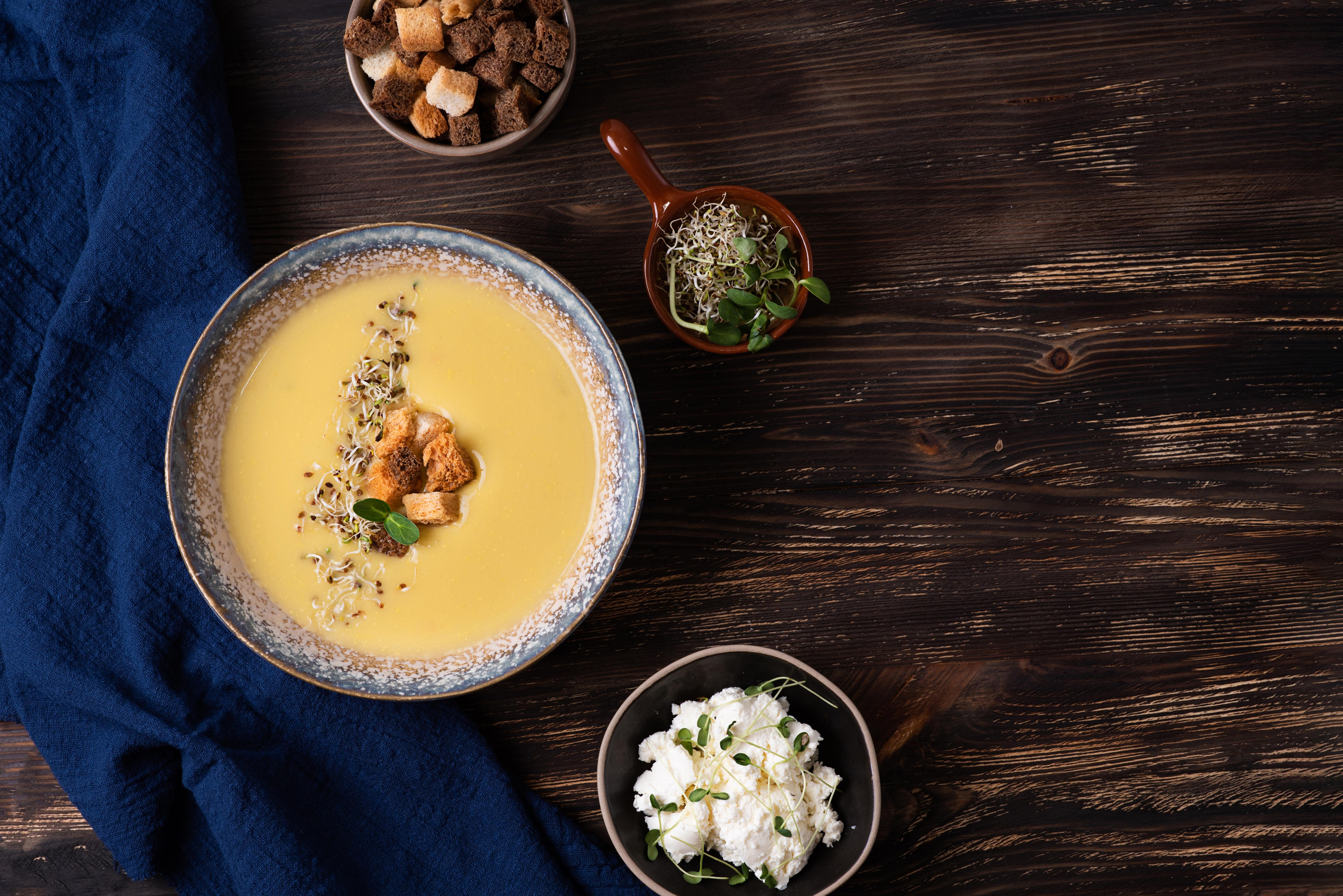
Soups and broths are comfort foods that can unexpectedly contain gluten. Many commercially prepared soups use wheat flour or barley as thickeners, while others may include pasta or noodles made from wheat. Even broth can be suspect, as some brands use wheat-based flavor enhancers. To ensure a gluten-free experience, consumers should opt for products specifically labeled as gluten-free or prepare soups from scratch using fresh, whole ingredients and gluten-free thickeners like cornstarch or potato starch.
5. The Risk of Gluten in Snacks and Sweets
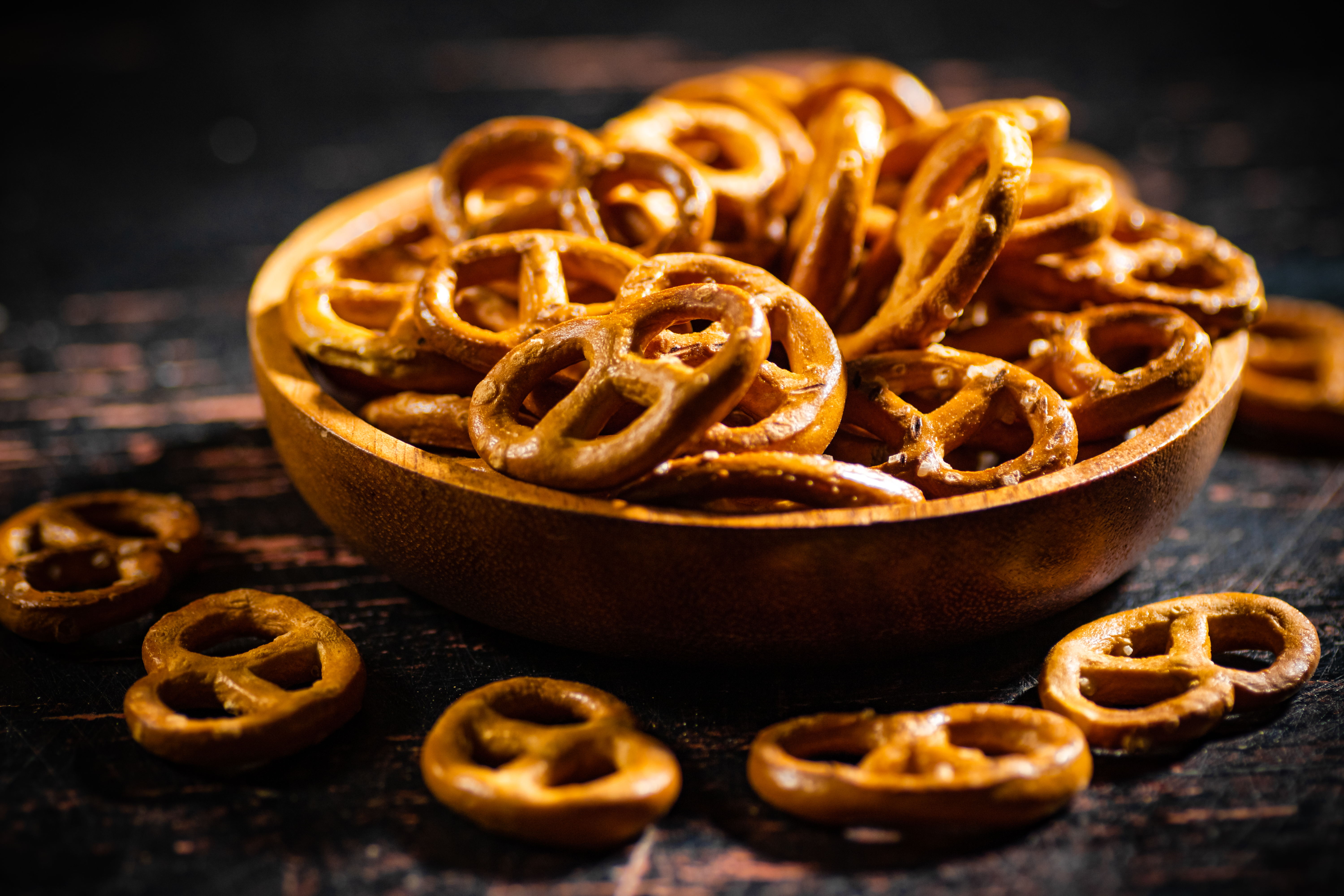
Snacks and sweets, while often thought of as indulgences, can be laden with hidden gluten. Chips, pretzels, and even some chocolate bars may contain gluten-based additives or be subject to cross-contamination. Gluten can also be present in unsuspected forms, such as malt flavoring or modified food starch. For those with gluten sensitivities, choosing snacks from reputable gluten-free brands or making snacks at home using certified gluten-free ingredients can help mitigate these risks.
6. The Cereal Conundrum
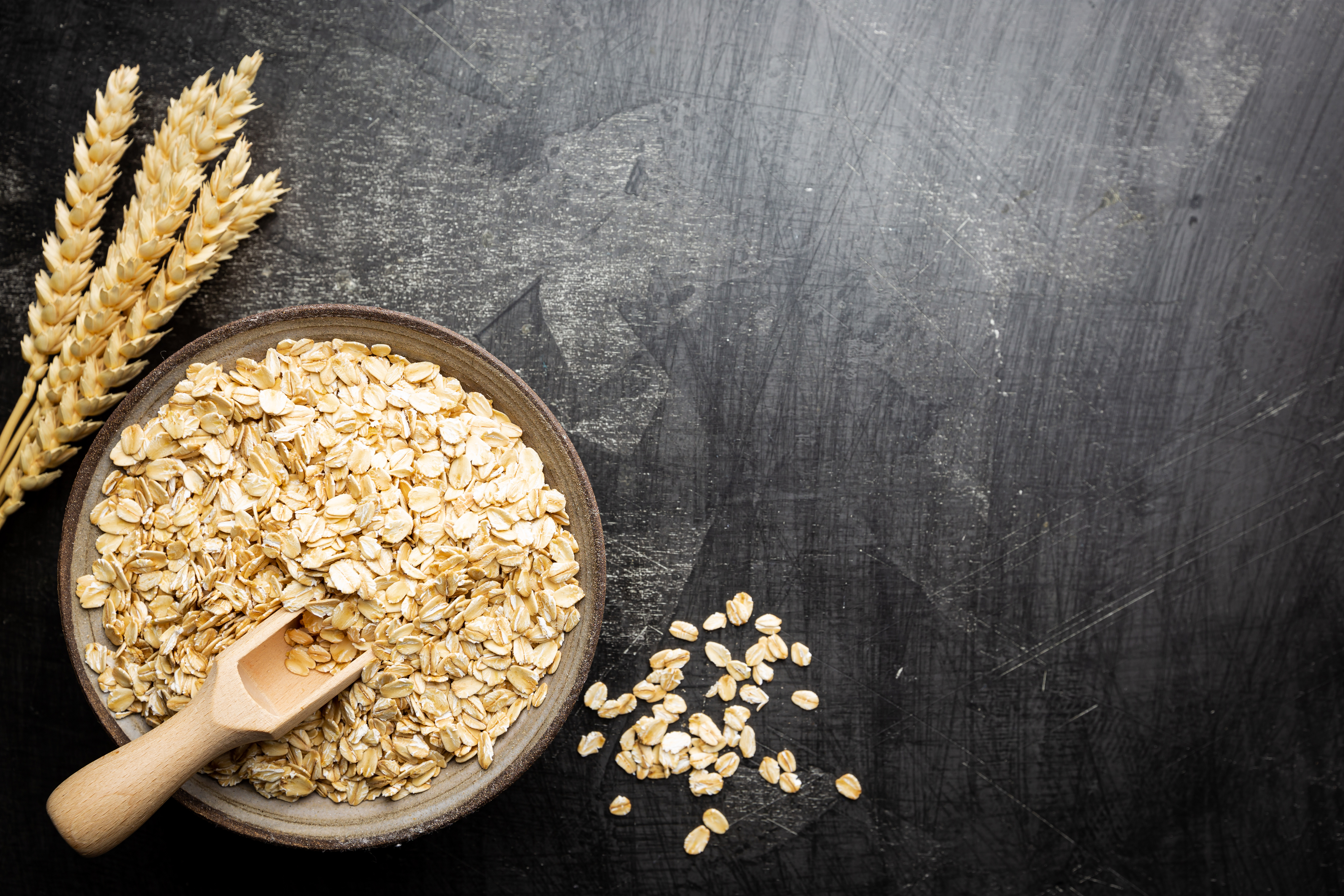
Cereals are a breakfast staple, but many traditional options contain gluten. Even cereals labeled as "whole grain" or "multigrain" can include wheat, barley, or rye. Oats, while naturally gluten-free, are often processed in facilities that handle gluten-containing grains, leading to cross-contamination. To ensure a gluten-free start to the day, consumers should seek out cereals labeled as gluten-free or enjoy naturally gluten-free grains like quinoa or rice as breakfast alternatives.
7. Gluten in Alcoholic Beverages
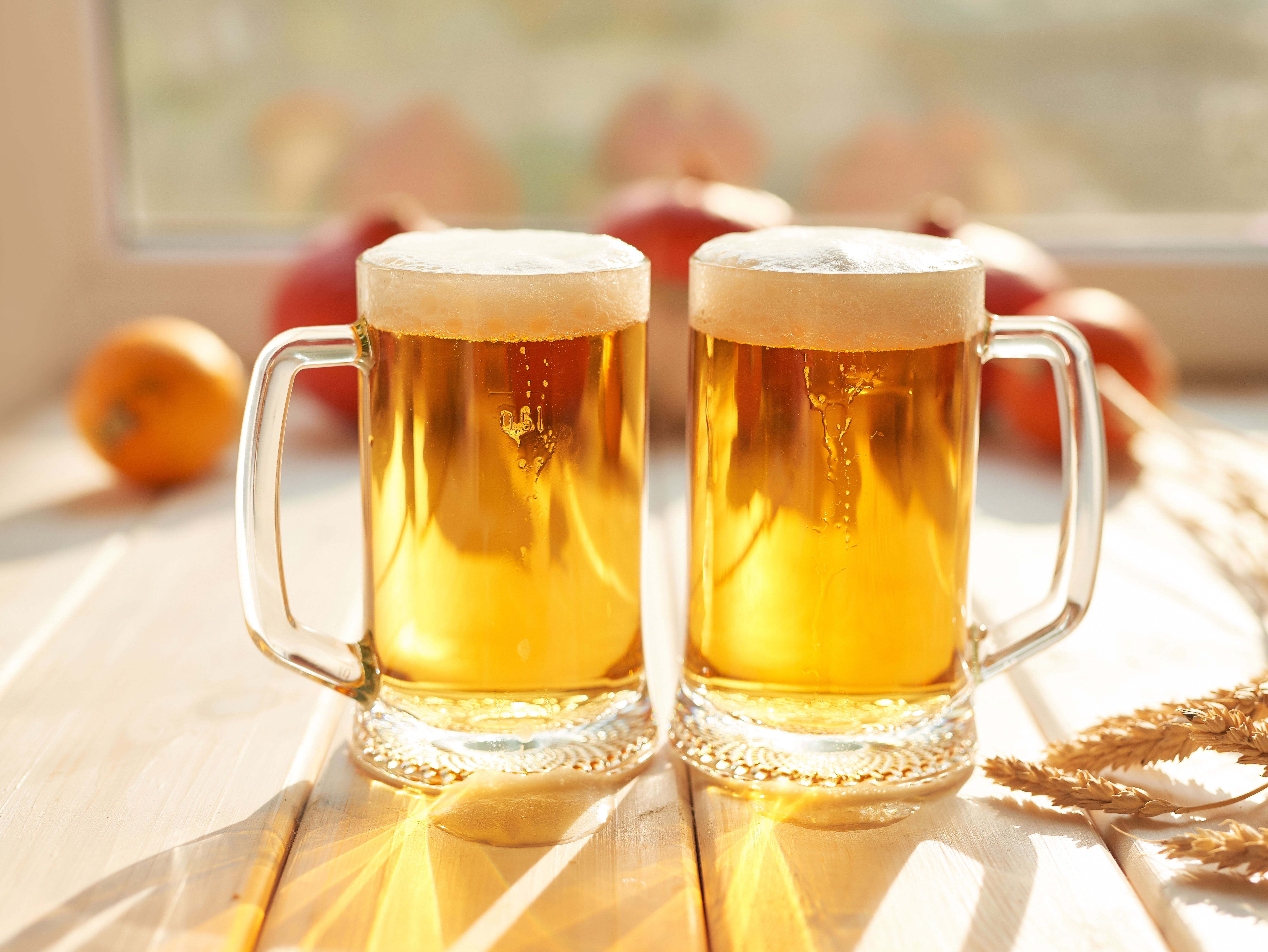
Alcoholic beverages can be a hidden source of gluten, particularly beers brewed with barley or wheat. While distilled spirits are generally considered gluten-free due to the distillation process, flavored liquors or pre-mixed cocktails may contain gluten additives. Wine and cider are typically safe, but it's essential to verify the production process. For beer enthusiasts, gluten-free beers made from sorghum, millet, or rice offer a satisfying alternative without the risk of gluten exposure.
8. The Challenge of Gluten-Free Baking
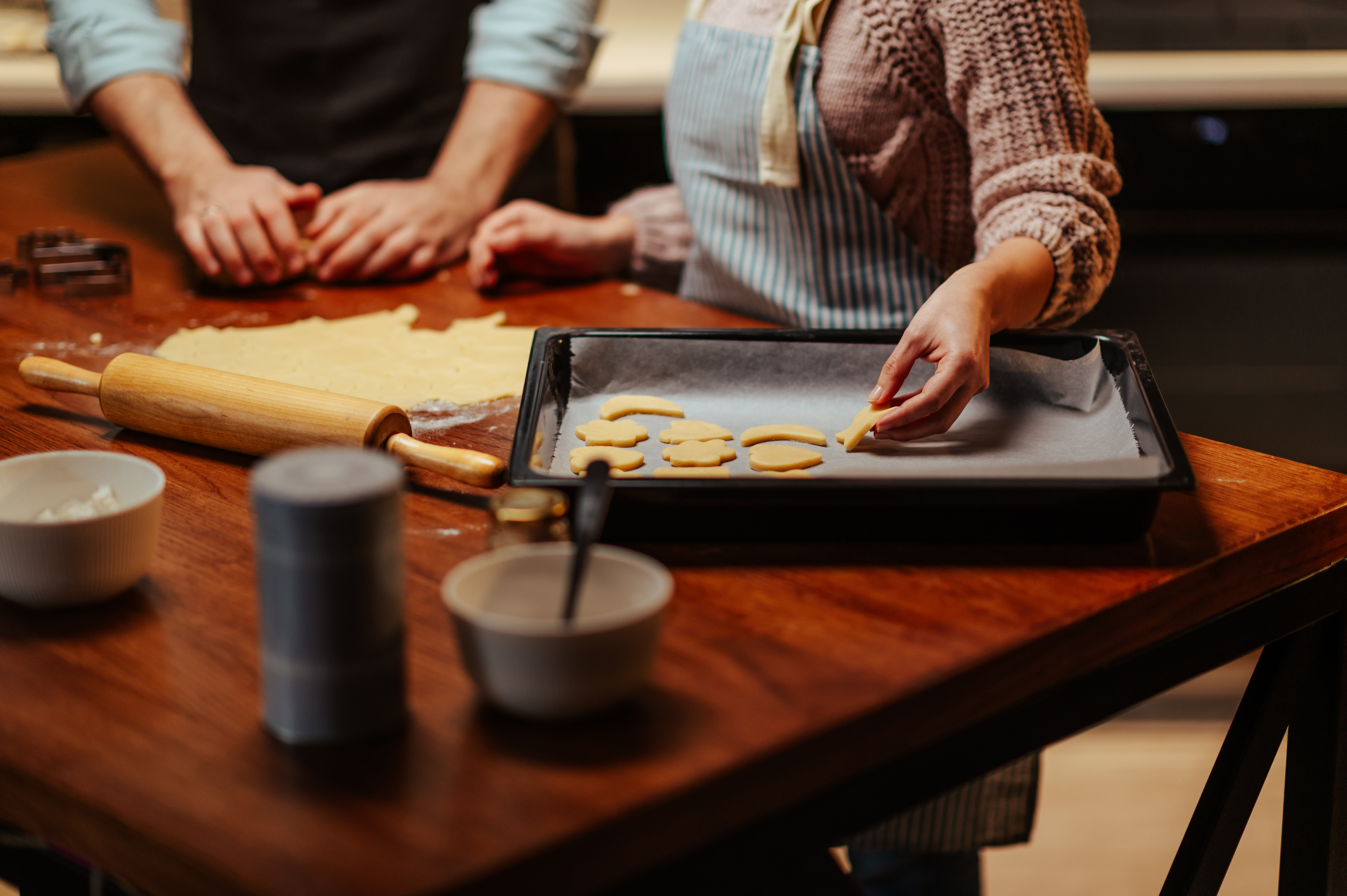
Baking without gluten presents unique challenges, as gluten provides structure and elasticity to baked goods. Many gluten-free flours lack these properties, resulting in dense or crumbly textures. However, with the right combination of gluten-free flours and binders like xanthan gum or psyllium husk, delicious and satisfying baked goods are achievable. Experimenting with different flour blends and recipes can lead to delightful discoveries in gluten-free baking.
9. The Complexity of Gluten-Free Dining Out
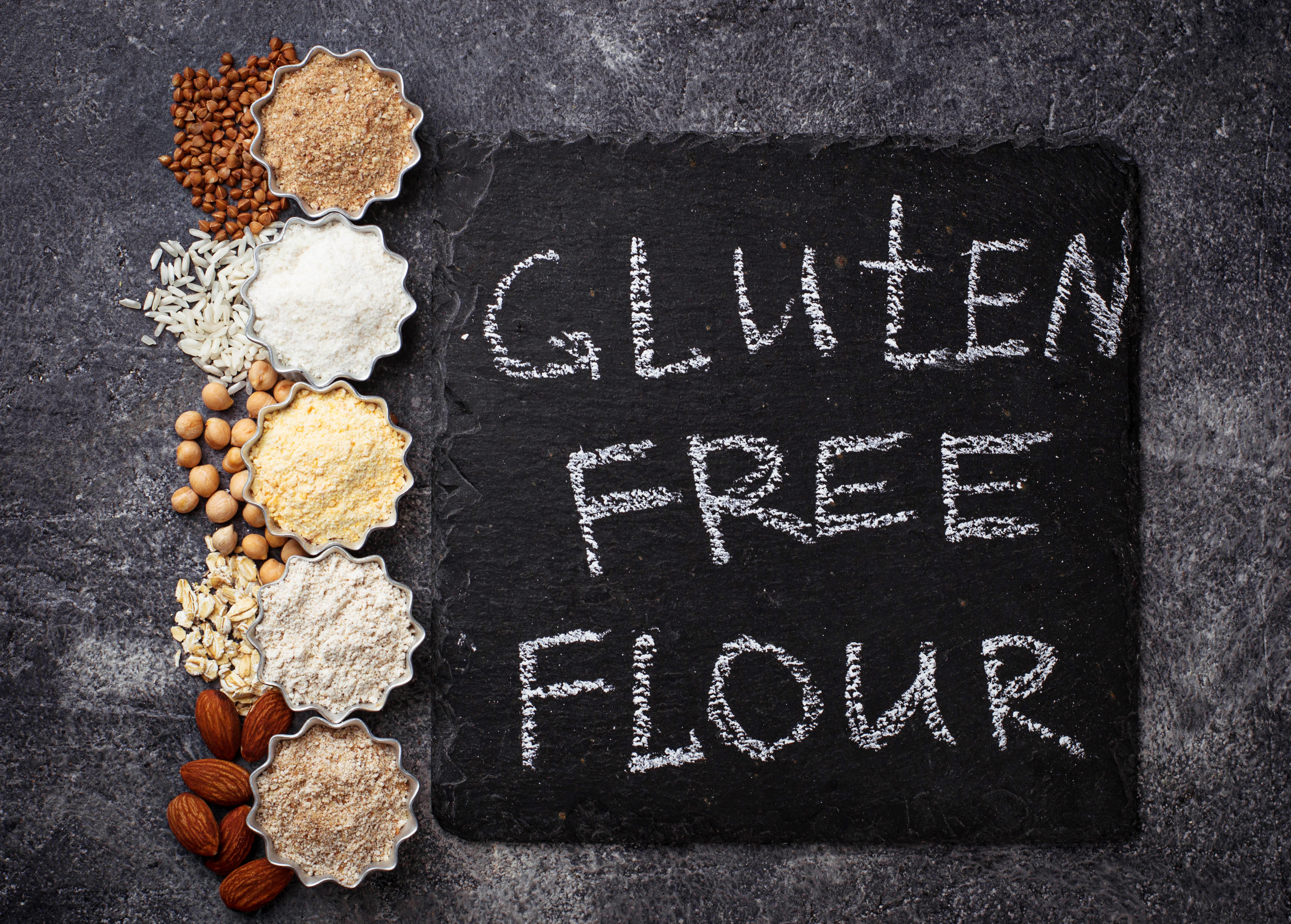
Dining out while maintaining a gluten-free diet can be daunting. Cross-contamination in restaurant kitchens is a significant concern, as gluten-free dishes may be prepared alongside gluten-containing ones. To minimize risks, diners should communicate their dietary needs clearly to restaurant staff and choose establishments with dedicated gluten-free menus or protocols. Researching restaurants in advance and reading reviews from other gluten-free patrons can also enhance the dining experience.
10. The Importance of Gluten-Free Certification
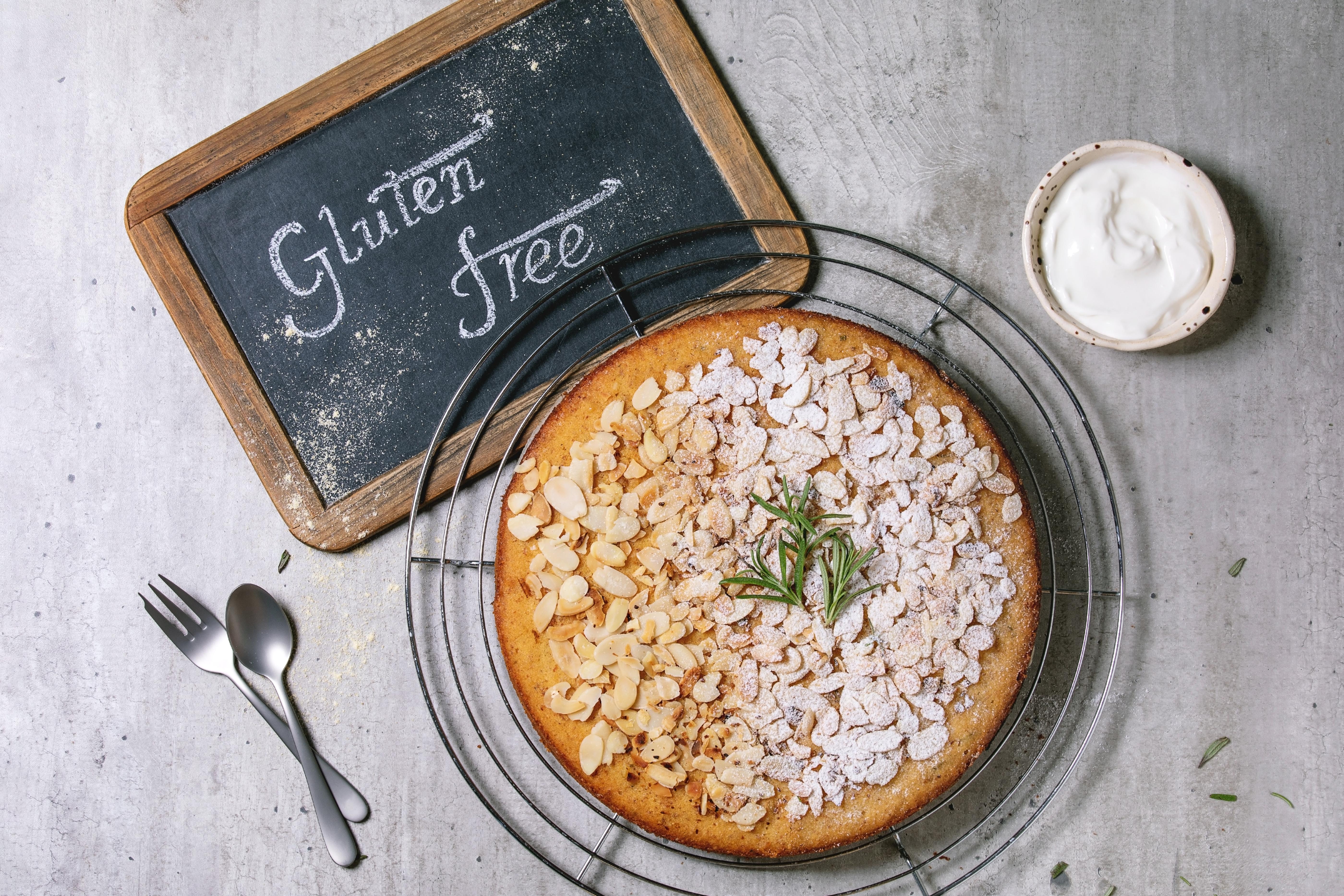
With the proliferation of gluten-free products, certification has become increasingly important. Gluten-free certification ensures that products meet strict standards for gluten content, typically less than 20 parts per million. This certification provides peace of mind for consumers, as it signifies rigorous testing and adherence to gluten-free protocols. When shopping for gluten-free products, looking for certification symbols can help consumers make informed choices and avoid potential gluten exposure.
11. The Role of Education in a Gluten-Free Lifestyle
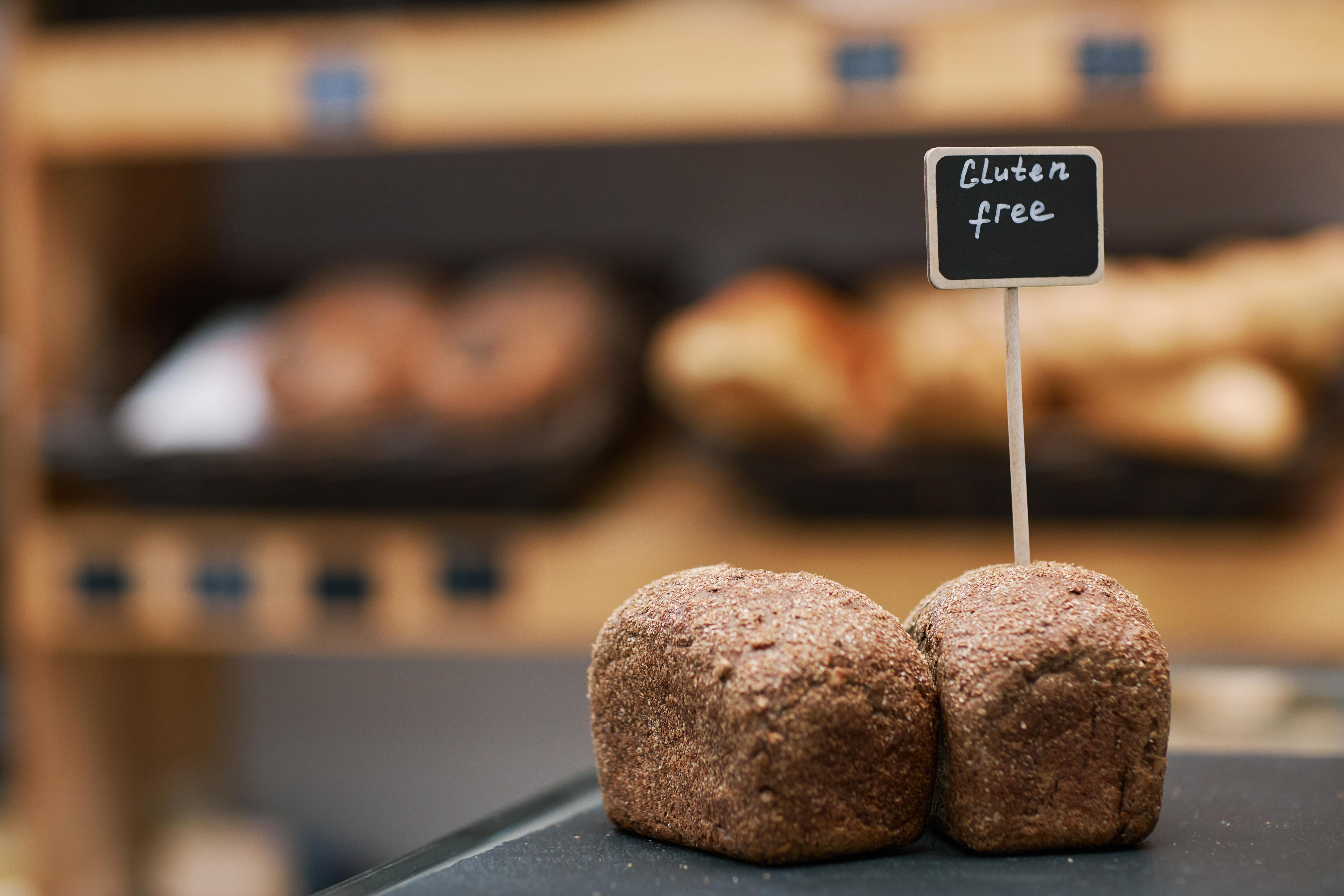
Education is a cornerstone of successfully navigating a gluten-free lifestyle. Understanding the sources of gluten, reading labels diligently, and staying informed about new research and products are essential. Support groups, online forums, and gluten-free cookbooks can provide valuable resources and community support. By educating themselves, individuals can make empowered decisions and enjoy a varied and satisfying gluten-free diet.
12. Embracing a Gluten-Free Future
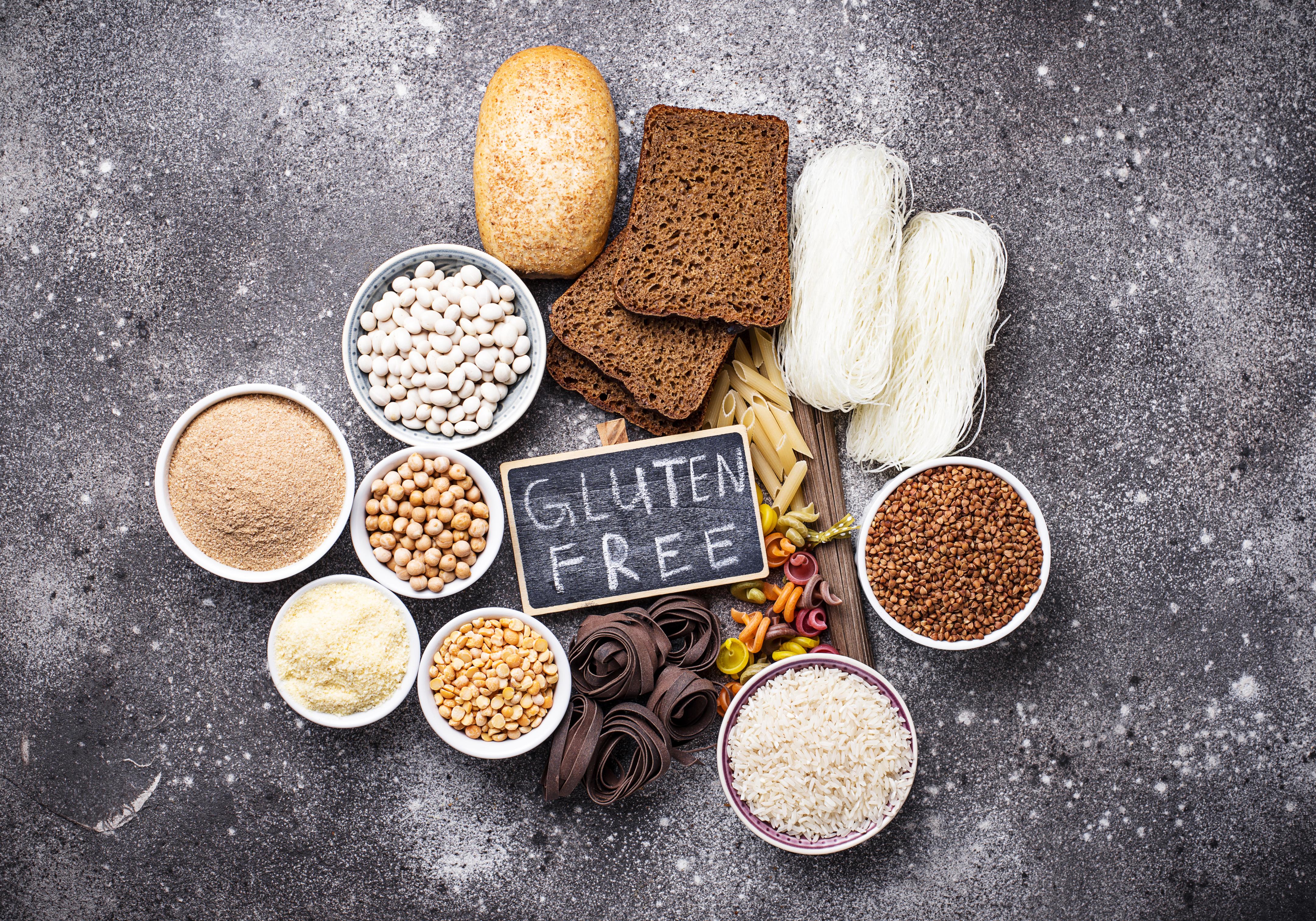
Embracing a gluten-free future involves more than just avoiding gluten-containing foods; it's about adopting a mindset of health and well-being. By focusing on whole, naturally gluten-free foods and exploring new culinary horizons, individuals can create a balanced and nutritious diet. The gluten-free lifestyle offers opportunities for creativity in the kitchen and a deeper connection to the foods we eat. As awareness and options continue to grow, the gluten-free future looks bright and promising.
The path to a gluten-free future is paved with awareness, knowledge, and choice. By steering clear of deceptive foods that can sabotage health, individuals can fully embrace the benefits of a gluten-free lifestyle. As the gluten-free movement continues to evolve, staying informed and proactive will empower individuals to enjoy a life free from gluten's constraints. Whether driven by necessity or choice, the journey toward a gluten-free future is one of discovery, health, and culinary adventure.